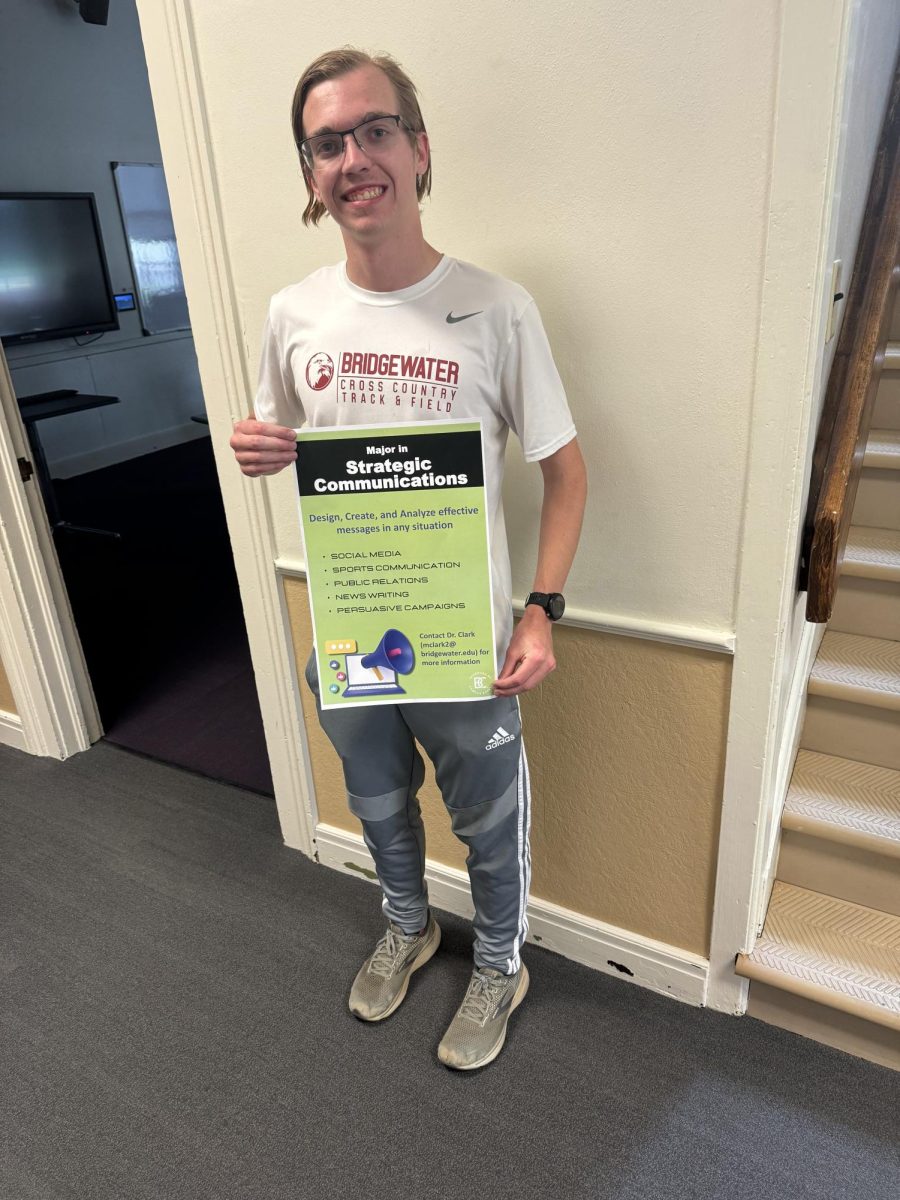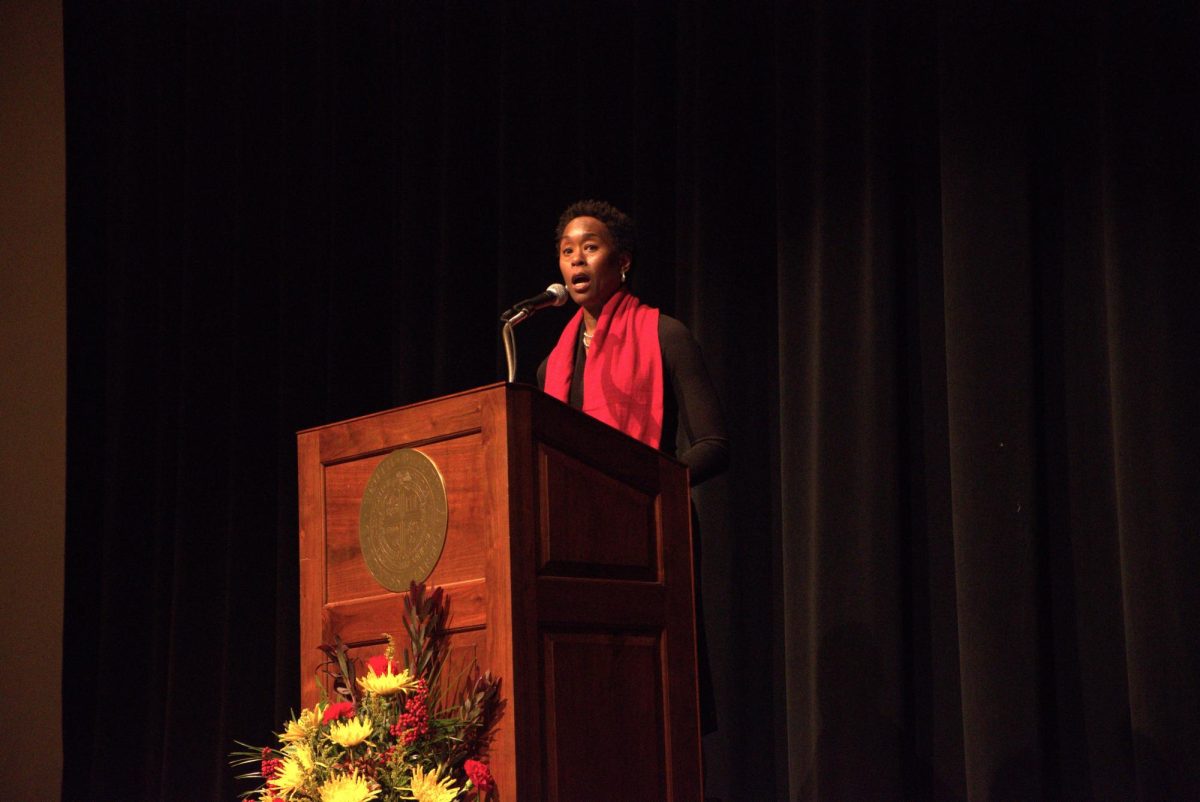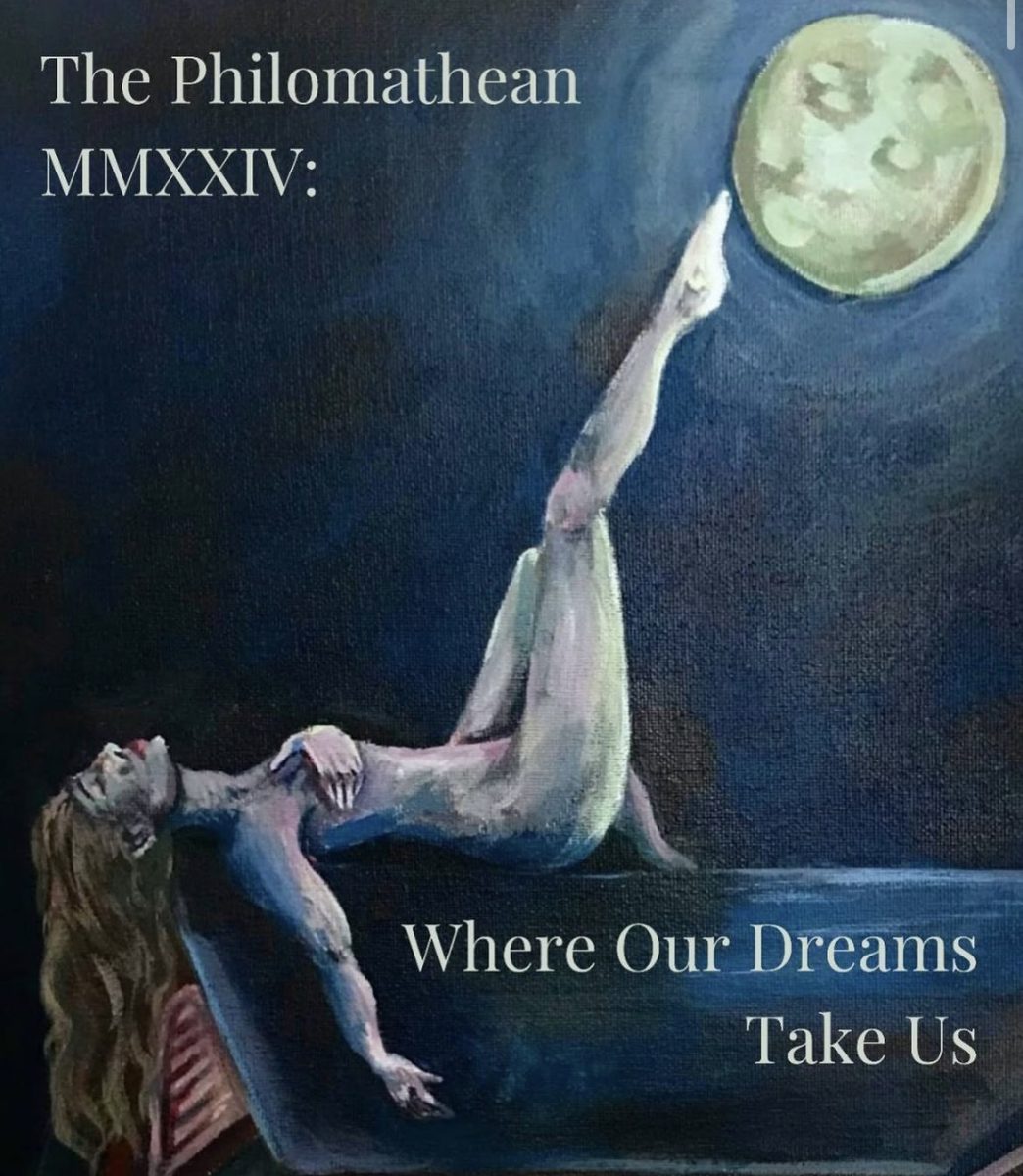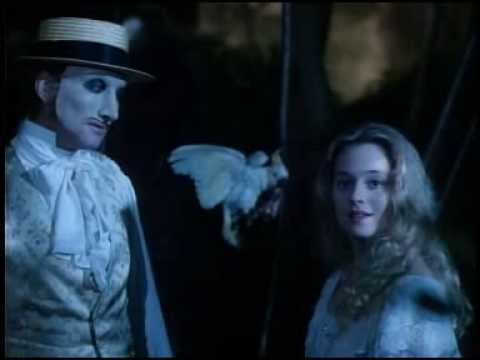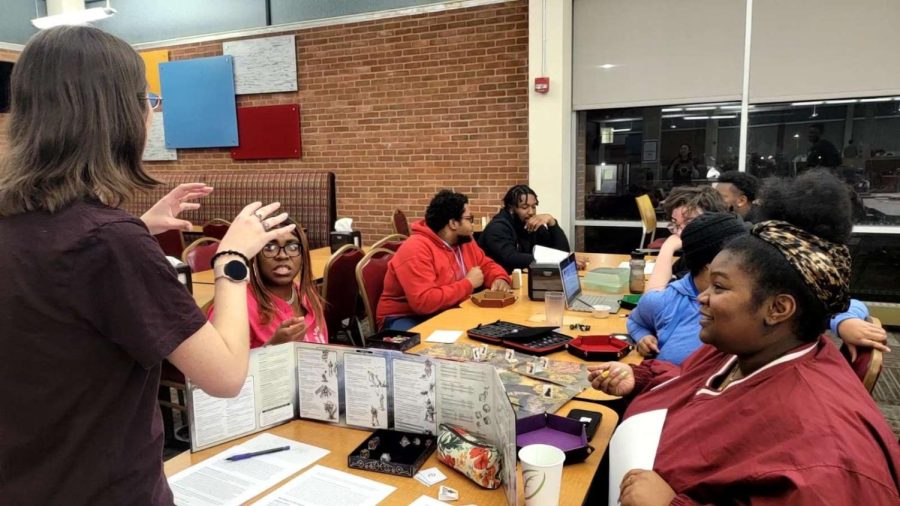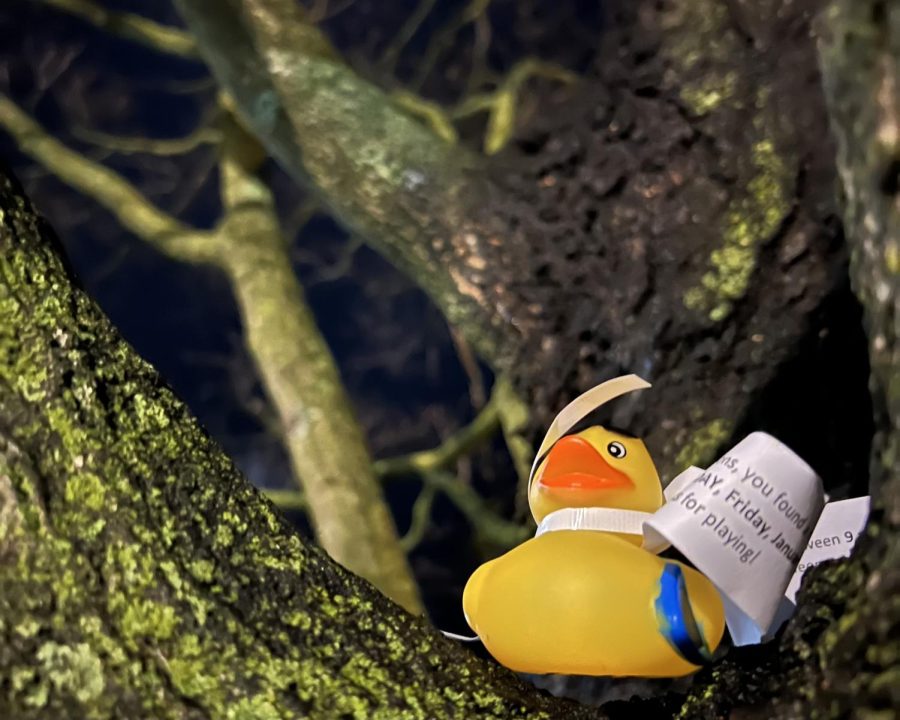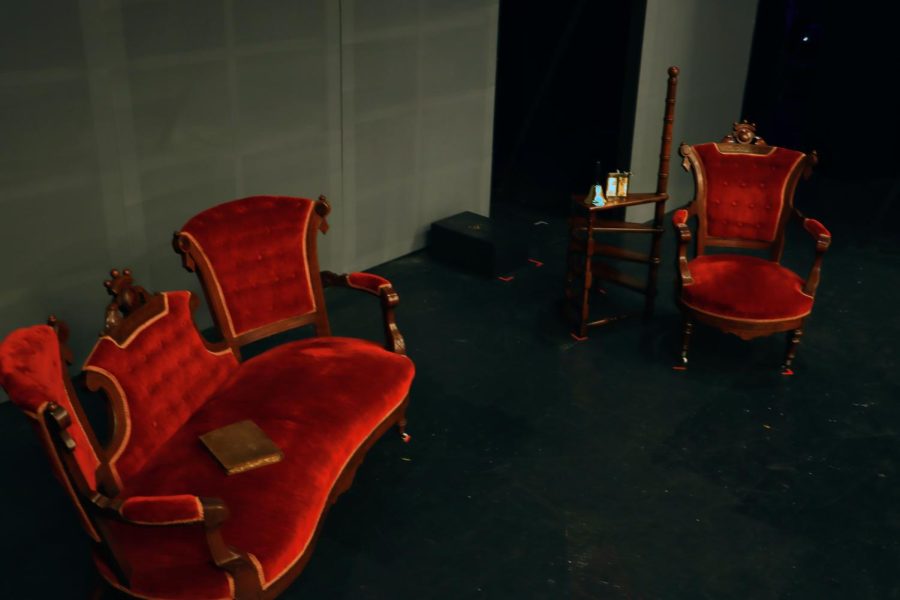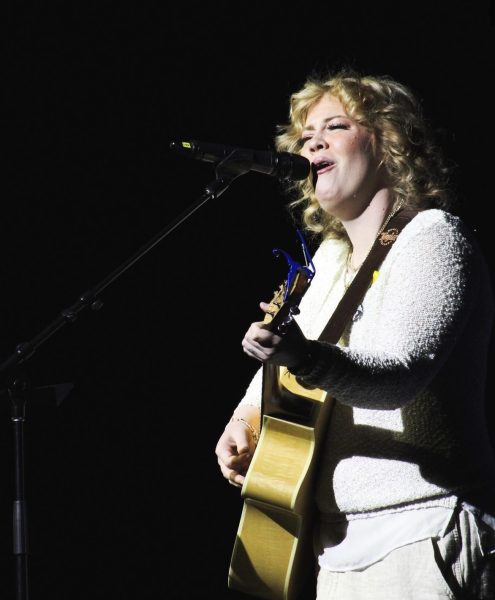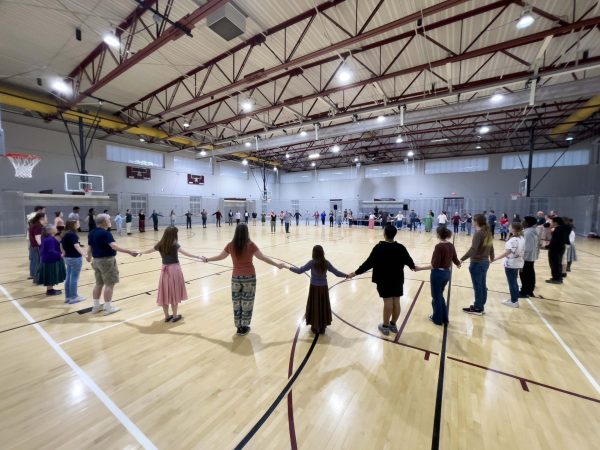BC Theatre Presents “The Moors”
The set of “The Moors” was a sitting room, the parlor, and at least two bedrooms.
November 8, 2022
Bridgewater, Va.- From Nov. 2 to Nov 5, the theatre department presented Jen Silverman’s “The Moors.”
Among the cast were seniors Jessica Arnold, Beth Gaver and Adam Lorfink; junior Karis Davis; sophomore Annabelle Terry and first-year Kenzie Ragland. The crew included seniors Abby Gaver, YunSu Park and Bailey Salcedo; junior Piper Dallimore and sophomores Elizabeth Melton, Jon Northrop and Jae Riley.
Two sisters, Agatha, played by Beth Gaver, and Huldey, played by Terry, live on the Moors with only their maid Marjory, played by Arnold, and their mastiff, played by Lorfink. A governess is sent for mysterious reasons, so Emilie, played by David, arrives, which only allows Huldey to further lose her mind.
Meanwhile, the creature in the attic becomes interlocked with Emilie as well as the two sisters.
In the background, the unloved mastiff begins a surprise relationship with a Moor-hen, played by Ragland. Marjory, who has three different personalities, becomes the mastermind behind the unfolding tale.
The play, lasting about an hour and a half, is set on the Moors of England around the 1840s. Known as a dark gothic comedy, the show consisted of three songs, all sung by Emilie, Agatha and Huldey.
“My experience with the music of ‘The Moors’ was interesting,” said Northrop, the director of music. “Multiple factors went into the songs, and I was able to get the best results by connecting with the actresses and really delving into their characters.”
The first song, sung by Emilie, is a sad lullaby that is not as it seems. After being employed in many homes, she has seen plenty of illness and bad family dynamics.
Agatha sings the second song, which is a lullaby to Emilie, who has never been sung to in her years as a governess. The song shows the side of Agatha that she only reveals when she brings down her guard, which is rare.
“The lullaby Agatha sings to Emilie is a great moment,” said Northrop. “Agatha is a character that is about power and control. She has expectations and upholds herself to certain standards and strategies. When she is asked to sing her lullaby, she finds a way to keep her standards while humoring Emilie.”
The last song, sung by Huldey, is a ballad about her own fading sanity. After the murder, she begins to show her crazy side as she dives deeper into her song.
During her song, she begins wandering the Moors dreaming of being famous, only to realize in the end, she was still alone.
After the play concluded on Nov. 4, the cast had a question and answer session with the audience. With a full house, they answered questions regarding their envision of the epilogue.
“These were the only two seats I can see,” said Terry after being asked about her ballad. “So I’m going to make eye contact now.”
The show was directed by Associate Professor of Theatre Scott Cole, with Dallimore as assistant director.


